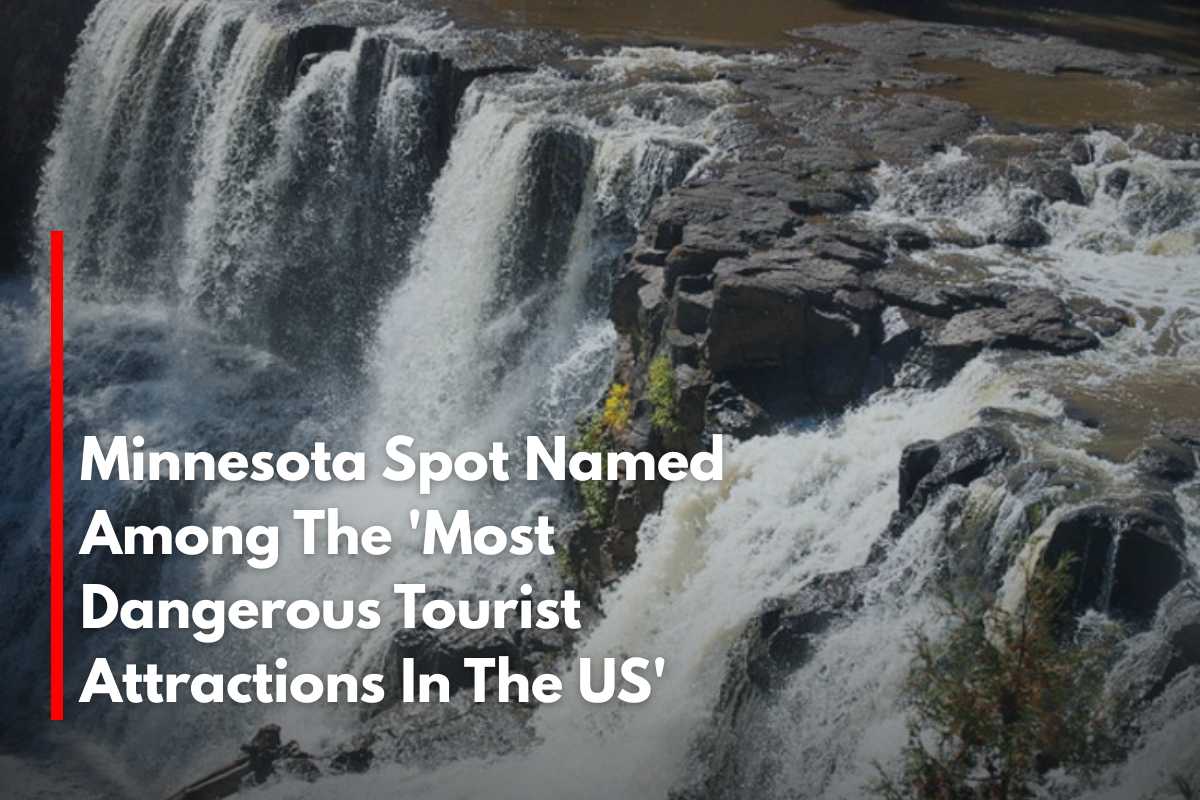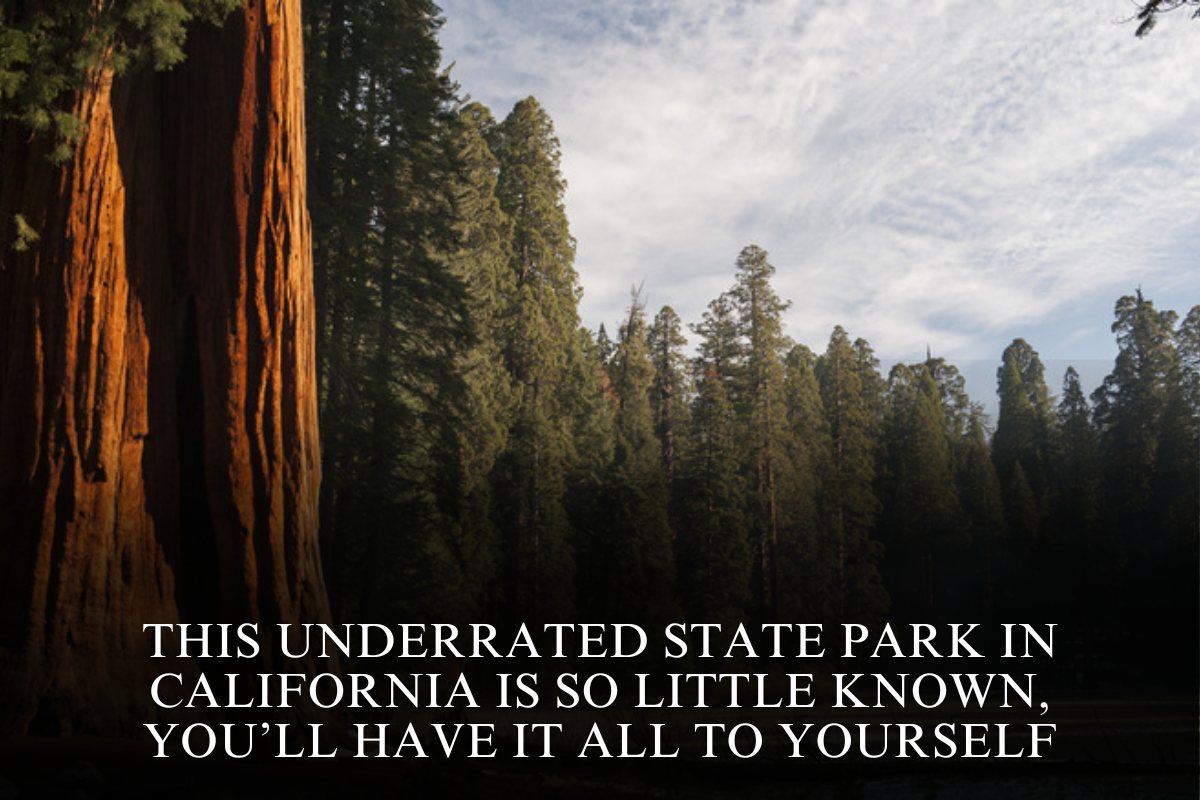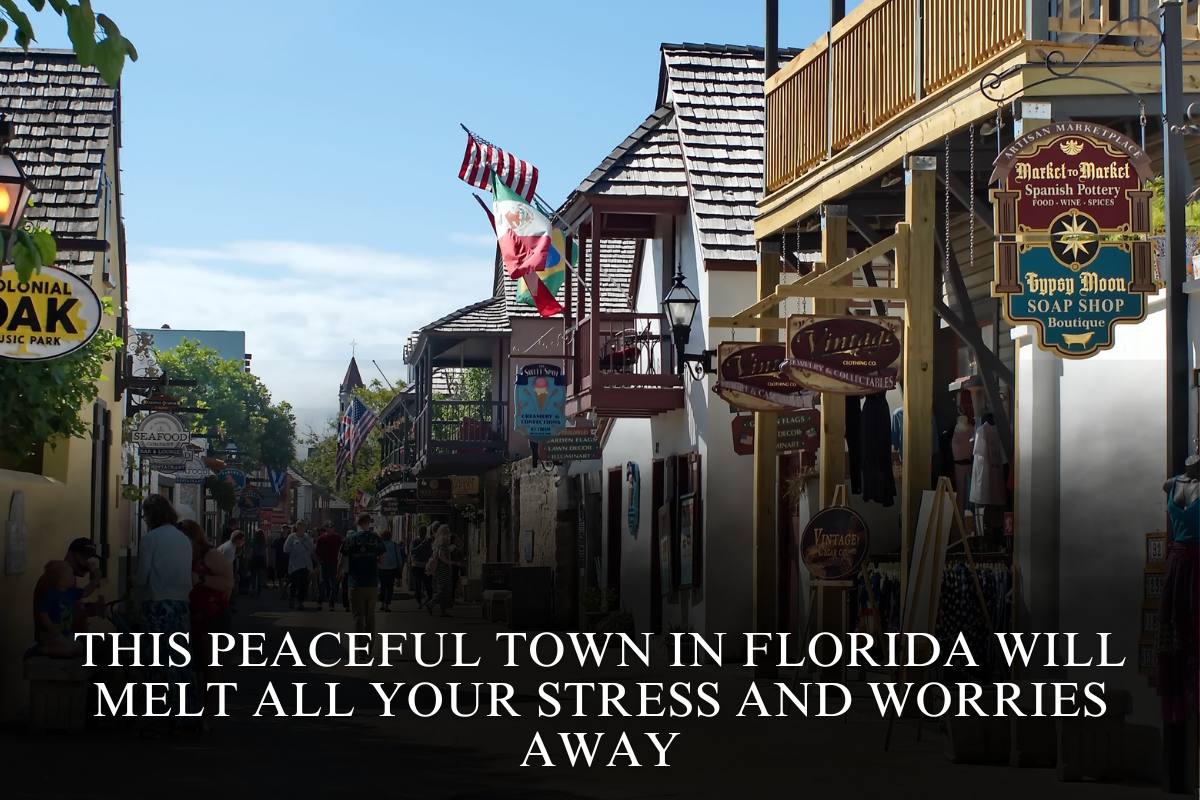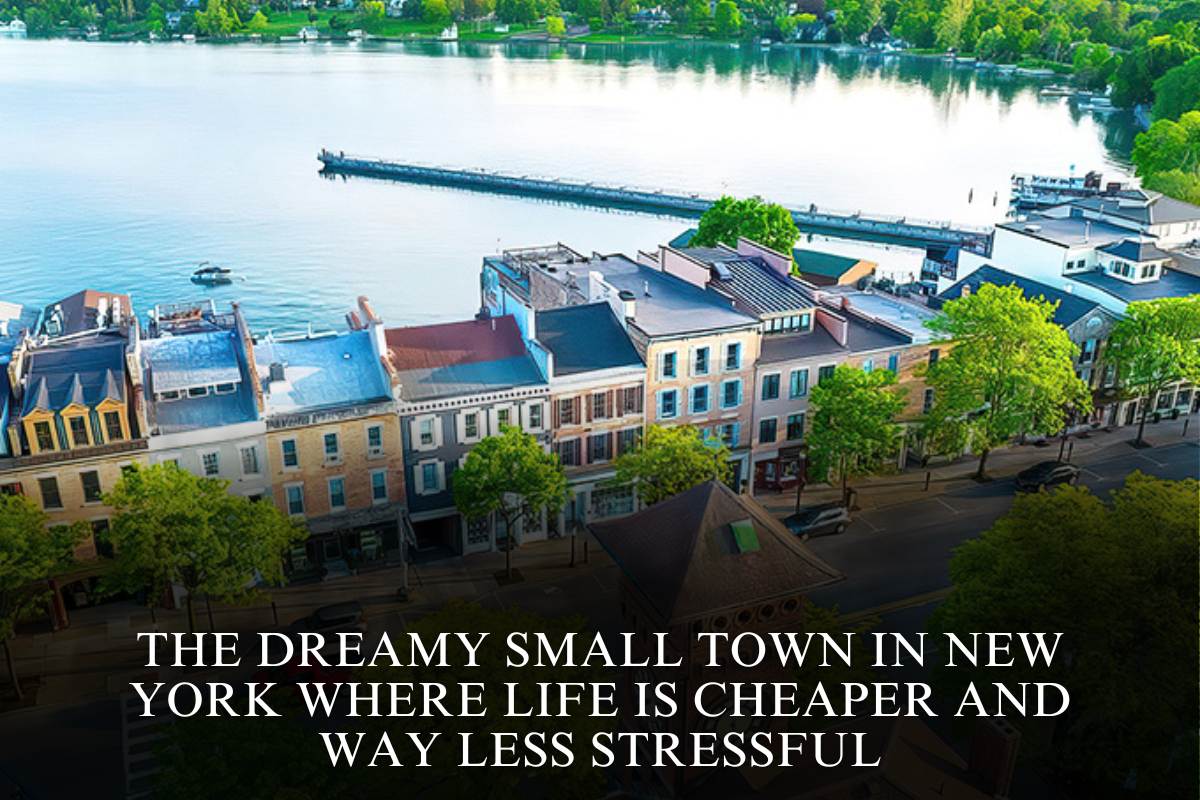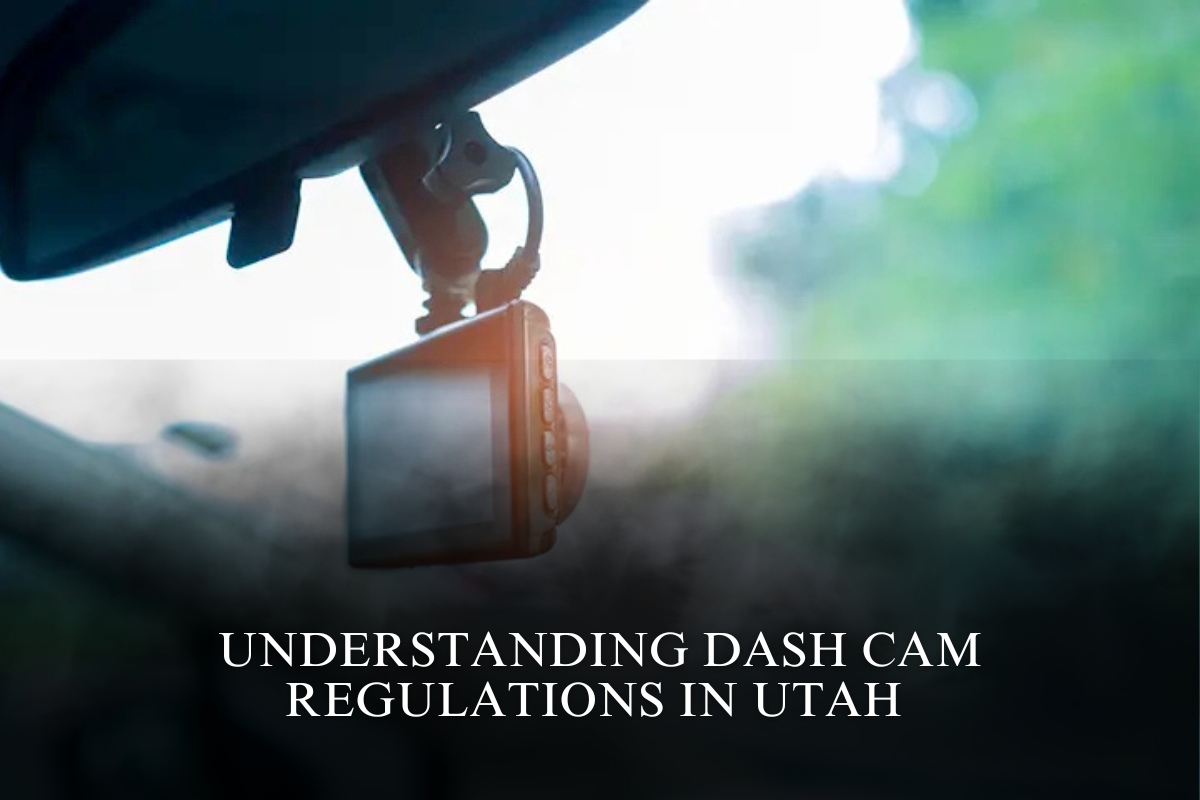Hidden deep within Judge C.R. Magney State Park along Minnesota’s north shore, Devil’s Kettle has earned a reputation as one of the most mysterious — and dangerous — tourist attractions not only in Minnesota, but in the entire United States. Shrouded in natural beauty, local folklore, and unresolved scientific questions, this unique waterfall draws curious adventurers and cautious thrill-seekers alike.
Where the Brule River Disappears
Devil’s Kettle sits on the Brule River, where the river splits at the top of a rocky cascade. One part tumbles down a familiar path; the other vanishes into a deep, swirling hole—the “Kettle”—with no visible exit for nearly half a mile. For decades, the unexplained fate of water, logs, and objects thrown into the Kettle has fed rumors and led to questionable “experiments” by visitors.
A History of Peril
Curiosity often lures visitors to test the fate of the Kettle—sometimes with tragic results. The rough, wet terrain, unpredictable river currents, and temptation to get close for a better look have all contributed to slips, falls, and injuries over the years. The area’s remoteness, combined with limited cell service, means rescue operations can be both delayed and dangerous in themselves.
Key Risks at Devil’s Kettle:
Slippery Rocks: The area around the falls is often wet, mossy, and deceptively slick.
Steep Drop-offs: Trails lead close to sharp, sudden cliffs.
Unpredictable Water Flow: Fast-moving currents are stronger than they appear.
Remote Location: Emergency response times can be lengthy.
The Science (and Mystery) Behind the Name
For decades, scientists and visitors alike were baffled by exactly where the water flowing into the Kettle emerged. Dye tests and tracking experiments became almost as legendary as the waterfall itself. While recent studies suggest the lost water rejoins the river downstream, the mystery—even if solved scientifically—adds to the site’s allure and associated dangers.
Visitor Experience: Adventure With Caution
While the surrounding park is ideal for hiking and scenic vistas, a trek to Devil’s Kettle requires extra care. The descent is steep, with over 200 stairs and uneven trails. Weather can change rapidly, making conditions treacherous, especially for those unprepared.
Safety Tips for Visitors:
Stay on marked trails at all times.
Wear sturdy, non-slip footwear.
Keep a safe distance from the water’s edge.
Supervise children closely.
Resist the urge to throw items into the Kettle.
Why It’s Among the ‘Most Dangerous’
Devil’s Kettle consistently appears on lists of America’s most perilous natural attractions due to its unique geological structure and incident history. Unlike more urban dangers, the hazards here arise from nature’s unpredictability and the limitations of rescue operations in remote, rugged environments. Cases of serious injury or even accidental death have secured its place among the most dangerous tourist destinations — not only in Minnesota, but across the nation.
Plan Your Visit
Thousands safely visit Judge C.R. Magney State Park and Devil’s Kettle each year. For those in search of adventure, preparation and respect for the power of nature are the best tools for an unforgettable—and safe—experience.
Sources
[1] https://www.onlyinyourstate.com/nature/minnesota/dangerous-nature-mn
[2] https://www.safehome.org/safest-cities/mn/
[3] https://reolink.com/blog/most-dangerous-cities-in-minnesota/
[4] https://guardian.ng/news/top-10-most-dangerous-destinations-in-u-s-for-tourists/
[5] https://timesofindia.indiatimes.com/travel/destinations/these-are-americas-most-dangerous-tourist-attractions/photostory/103839704.cms
